#SISON
Text
174 notes
·
View notes
Text

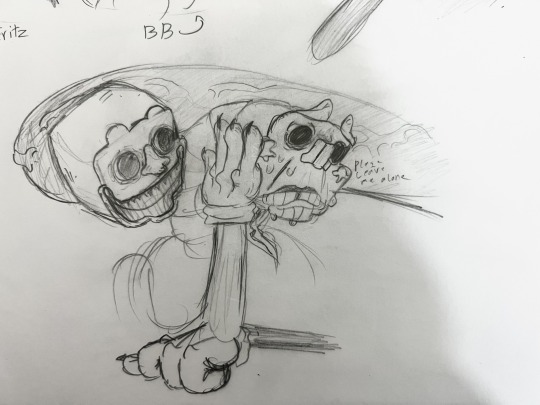

Comet & Fritz belongs to @ntls-24722
Sison & BB belongs to me >:)
(I am a very messy artist)
I had this funny thought about Fritz & BB would understand comet, and sison relationship wrong
and I would think that comet would try to tell Fritz that sison is it normal, so weird and uncomfortable person. He doesn’t like him at all but Fritz would just tell him maybe he should just understand more he doesn’t seem like a talkative person
(he actually like to talk a lot with BB but he likes to freak out the people of that he doesn’t know specially comet don’t ask me why I just feel that he would do that)
and I think I’m getting better at drawing comet 💫
Finals next week and I know that I won’t stop posting. Could just become an addiction to just be on Tumblr (that’s a funny thing about Tumblr. nobody care about followers in there. (maybe some )It’s just fun and showing people how weird you are, and they will except it)
20 notes
·
View notes
Text
Marco Valbuena | Chief Information Officer | Communist Party of the Philippines | February 08, 2024
Today we mark the 85th birth anniversary of Ka Jose Ma. Sison, founding chairman of the Central Committee of the Communist Party of the Philippines. We remember his invaluable contributions to the revolutionary resistance of the Filipino proletariat and people, both as an ideological leader and a practical organizer of their struggle for national and social liberation and socialism.
The volumes of Marxist-Leninist-Maoist writings which Ka Joma tirelessly produced through more than fifty years of revolutionary work, now bequeathed to the Filipino proletariat, remain profoundly relevant today. He promoted, defended and developed Marxism-Leninism-Maoism, not only during the height of world socialist revolution and construction, but especially during the most crucial period of reversals and defeats of the international proletariat, both in the Philippines and around the world.
He made contributions to the ideological trove of Marxist-Leninist-Maoist classics. These are being assiduously studied today by Filipino communists, revolutionaries and activists and continue to serve as their guide, as they shoulder the heavy task of waging the people’s democratic revolution and traverse the current difficult path of resistance, rectification, rebuilding and resurgence.
By applying Marxism-Leninism-Maoism on the concrete conditions of the Philippines, Ka Joma presented an incisive analysis of classes in Philippine society and exposed how US imperialism shaped the semicolonial and semifeudal system in the Philippines in collusion with the local ruling classes of big bourgeois compradors and big landlords. He identified the Filipino working class in alliance with the peasantry, in further progressive alliance with the petty bourgeoisie, and in positive alliance with the middle or national bourgeoisie, as the motive forces of the national democratic revolution.
By characterizing the different class forces, Ka Joma showed how the national democratic revolution in the Philippines can be led only by the working class through its political party—the communist party. The national democratic revolution in the Philippines, led by the proletariat, is a bourgeois democratic revolution of a new type. While seeking to cast away the decrepit comprador, feudal and bureaucrat capitalist fetters that have long prevented the development of the productive forces for industrial growth and vibrant agriculture, the proletarian-led democratic revolution aims to develop a progressive economy and democratic political system and thus create the conditions for modern socialist revolution and transformation of society.
Through further analysis of Philippine society, Ka Joma pointed to the necessity of waging protracted people’s war as means of carrying out the national democratic revolution, in order to build up the armed and political strength necessary to overthrow the reactionary classes, smash the neocolonial state, and establish the people’s democratic government.
Ka Joma elaborated on the strategic line of encircling the cities from the countryside, identified the specific characteristics of the people’s war, and outlined the phases of strategic defensive, strategic stalemate and strategic offensive, as the probable course and dialectical process of development of the people’s war. He showed that in order for the Party to build the revolutionary armed forces in the countryside, it must rely on and mobilize the peasant masses by addressing their demand for genuine land reform and waging antifeudal struggles for such purpose.
Through painstaking revolutionary work initiated by Ka Joma, which continue to be carried forward by tens of thousands of communist revolutionaries and mass activists, the ideas first elaborated in Amado Guerrero’s Philippine Society and Revolution were transformed into a material revolutionary force. Today, it continues to gather strength and steadily advance towards the goal of complete victory.
Despite the adverse situation borne out of the setbacks and defeats of the international proletariat since the late 1970s leading to the restoration of capitalism in the Soviet Union and China, the national democratic revolution in the Philippines persevered and scored great achievements throughout the past five decades and more. It has availed itself of the conditions generated by the crisis of imperialism and local ruling system, in order to rouse the people to fight the worsening forms of oppression and exploitation and wage revolutionary resistance as means to attain their aspiration for national and social liberation.
Ka Joma’s basic class analysis of the semicolonial and semifeudal conditions of Philippine society remains valid today, as when he first put forward this analysis more than five decades ago. This is in the same vein that the analysis of the nature of capitalist exploitation and dialectics of the capitalist system remains valid today as when Marx first exposed the basic contradiction of the capitalist system more than 175 years ago. This is also similar to how Lenin’s analysis of monopoly capitalism or imperialism at the turn of the 20th century remain valid and relevant today when we are well into the 21st century.
From the late 1970s to the present, detractors of Ka Joma and the national democratic movement have sprouted at one time or another to criticize the analysis of the semicolonial and semifeudal system. For around four decades now, they have disparaged Ka Joma and rehashed the claim he and the national democratic movement are “outmoded” in a desperate attempt to dress themselves as alternatives. Although they remain irrelevant and detached from the broad masses of the people, they should be exposed and repudiated for their incorrect ideas and attempt to draw people away from the revolutionary path.
The continuing relevance of Ka Joma’s ideas and analysis and validity of the struggle for national democracy stem from the historical fact that the country remains dominated and oppressed by US imperialism—the singular force that has condemned the Philippines to its present backward, agrarian, non-industrial state, and mere supplier of cheap raw materials and cheap labor.
The US imperialists, in collusion with the local ruling classes of big bourgeois compradors (who act basically as financial and commercial agents of foreign monopoly capitalists) and big landlords (who control vast tracks of lands and make it serve the export market), continue to prevent the country from carrying out land reform and national industrialization as this would enable the country to develop its independent capacity, make it less reliant on foreign loans and investments, less prone to unequal trade, and make it truly sovereign and capable of exercising a truly independent foreign policy.
Under the semicolonial and semifeudal system, the Philippines has had no capacity to produce steel, chemicals and other means of production in order to develop the capacity to manufacture capital goods, basic tools, machinery for agricultural modernization and food processing, and other essential commodities. The lack of capacity to produce and increasing reliance on imports results in the steady rise in prices of domestic commodities. Foreign monopoly capital and local bourgeois compradors and big landlords are not interested in raising production, but merely want to amass superprofits through the exploitation of cheap labor (including semiprocessing and menial technology or service jobs) and extraction of raw minerals and other land and marine resources, and make fast money by exporting surplus capital to infrastructure projects, dump surplus commodities by financing trade, all to the detriment of local production.
The past several decades have seen the widespread destruction of the country’s forces of production resulting in the steady decline of local manufacturing and agriculture. The reactionaries obscure this fact by dignifying the “expansion” of the “service sector,” as somewhat of a “post-industrial” phenomenon. In reality, the absurd share of the “service sector” in the local economy merely masks chronic mass unemployment in both cities and rural areas, where people engage in a multitude forms of eking out a living, in which combined with the number of call center workers, are large numbers of people serving as domestic helpers, unpaid farm work, delivery personnel, vendors, and an endless stream of odd jobbers.
The broad masses of workers and peasants are subjected to worsening forms of exploitation and oppression. They suffer from extremely low wages (as a means of enticing foreign investors), landlessness and land grabbing resulting in large-scale rural economic dislocation, chronic and high rates of unemployment, underemployment and informal work.
The relevance of Jose Ma. Sison’s writings and the validity of the struggle for national democracy with a socialist perspective becomes even more stark amid the deteriorating conditions of the semicolonial and semifeudal system under the US-Marcos regime, the aggravating socioeconomic conditions of the broad masses of the Filipino people, intensifying fascist repression, and worsening national oppression amid the protracted crisis of the global capitalist system and rising inter-imperialist contradictions leading to wars.
This is now being proven by the steady accumulation of strength of the people’s revolutionary mass struggles across the country, and resurgence of armed resistance in the countryside.
#filipino#CPP#CPPh#marxism leninism maoism#communism#maoism#revolution#revolutionary#marxism#communist#maoist#socialism#mlm#Joma#JoMa Sison#Sison#the philippines#national democratic revolution
10 notes
·
View notes
Text

Bam Bam Bam
10 notes
·
View notes
Text
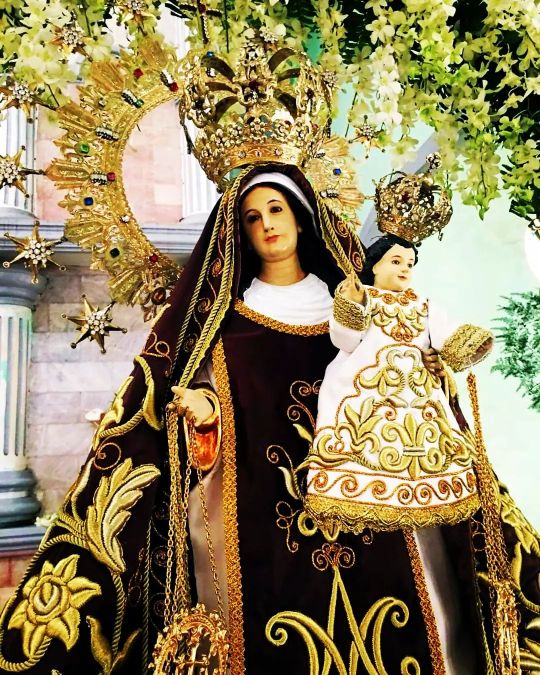
NUESTRA SEÑORA DEL CARMEN DE ALAVA
Sison, Pangasinan
Diyosesis ng Urdaneta
Kapistahan: Ika-16 ng Hulyo
Petsa ng koronasyon: 16 Hulyo 2024
Dambana: Pandiyosesis na Dambana at Parokya ng Ina ng Bundok Karmelo
Kaugnayang lathalain:
Nuestra Señora del Carmen de Alava – The Amiable Mother and Queen of Sison, Pangasinan (pintakasiph.wordpress.com)
#ave maria#maria#mary#birheng maria#virgen maria#virgin mary#blessed virgin mary#inang maria#mama mary#bundok karmelo#bundok carmelo#del carmen#mount carmel#alava#sison#pangasinan#diocesanaPH#diocesanaPHL#episcopalPH#episcopalPHL
0 notes
Text
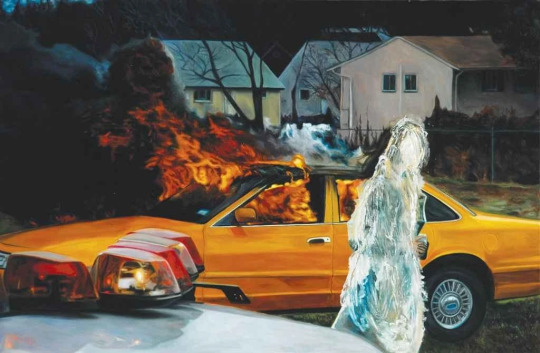
Yasmin Sison (Filipina,b.1972/3)
Burning Car, 2007
oil on canvas
942 notes
·
View notes
Text

Happy birthday, Jose Maria Sison! (February 8, 1939)
A founder and longtime leader of the Communist Party of the Philippines, Jose Maria Sison was born to a landed family in Cabugao, in the province of Ilocos Sur. Interested in communism from a young age, Sison became politically involved in his college years, joining the original Filipino Communist Party in 1962 and rising to its executive committee in 1963. However, he ultimately split from the party over his support for Mao Zedong Thought. Sison's new party quickly eclipsed the old, and soon began a guerilla war against the government of the Philippines under the auspices of the New People's Army. Sison was imprisoned from 11977 to 1986, resuming his chairmanship of the CPP upon release. He served in a consultative role in peace negotiations between the communists and the government, and left his role as chairman in 2022. He wrote extensively on Marxism and revolution before dying in December of that year.
"As a revolutionary, you are expected to work hard, make sacrifices and be ready to give your life if necessary to uphold, defend and advance the revolutionary cause."
242 notes
·
View notes
Text
Searching up Kylian on Twitter is like going down a rabbit hole, and suddenly an hour passes and you’re on conspiracy pages translating Arabic and French 😂
#if fab announces that psg believe mbappe has already agreed to rm for free in 2024 one more im going to snort#kylian mbappe#never a dull moment though I will give them that#some of their memes are funny#if you think you’re delusional#think again!#ohhhh but their edits >> so good 🤌🏼🤌🏼#you're either on lion gif side or sison#no inbetween
48 notes
·
View notes
Text
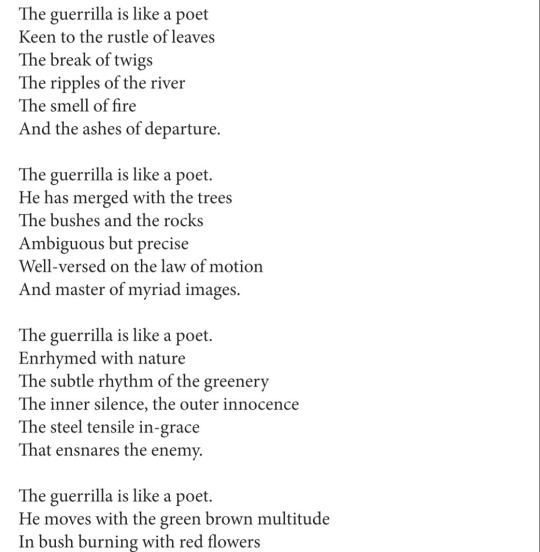

Jose Maria Sison, "The Guerilla is Like a Poet"
68 notes
·
View notes
Text




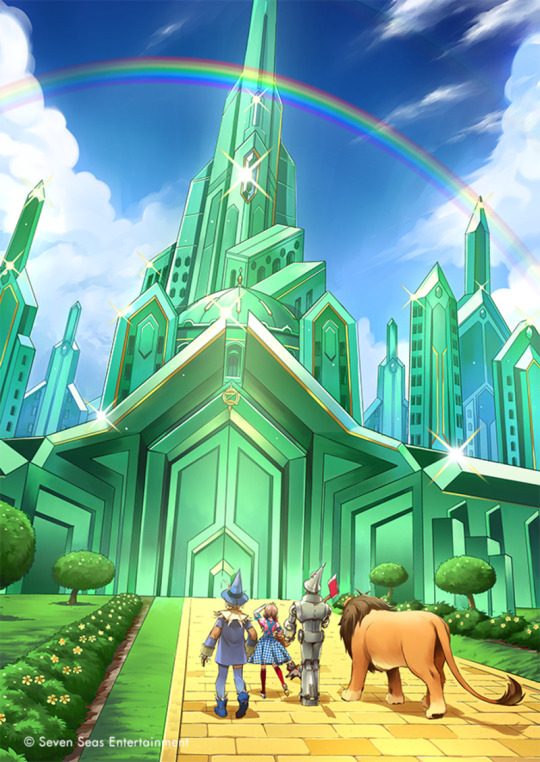
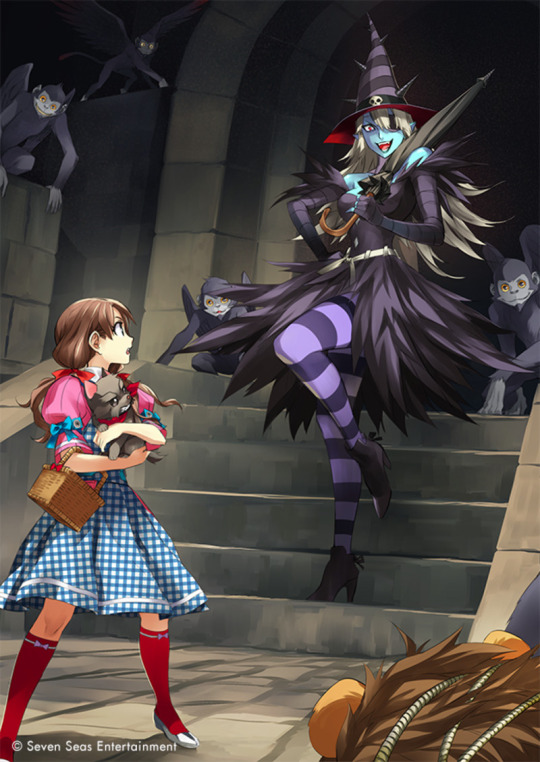
There are a lot of different interpretations of the Land of Oz and its characters. If you’re reading my fanfic, Kriss Sison’s art is how I imagine the characters in my fic to look (albeit with some differences, like Dorothy in my writing being blonde to match John R. Neill’s art).
(Links in images.)
#kriss sison#the wonderful wizard of oz#the marvelous land of oz#l frank baum#priness ozma#dorothy gale#glinda the good witch#jack pumpkinhead#scarecrow#tin woodman#cowardly lion#illustration#art
70 notes
·
View notes
Text
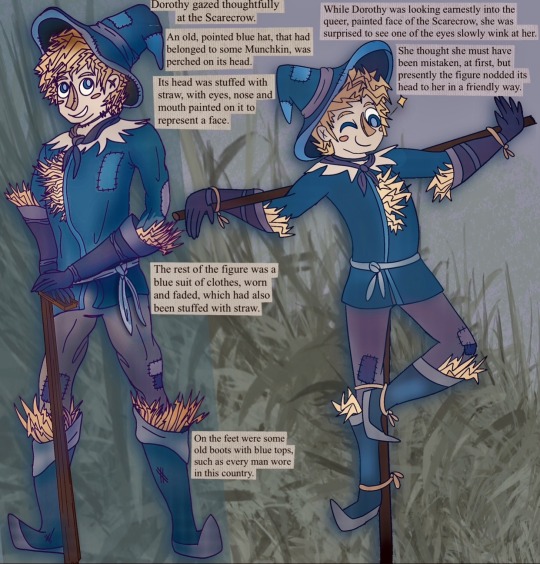
another ozian design
#text taken from the wonderful wizard of oz#i drew this last month but it takes me so long to convince myself to post my art now for some reason#i love drawing these though#thanks kriss sison for the inspiration#my art#ozposting#artists on tumblr#procreate#the wizard of oz#scarecrow#the scarecrow of oz
32 notes
·
View notes
Text
ok I want to guys to be so nice to sison he’s a little bit sensitive of how he looks like OK

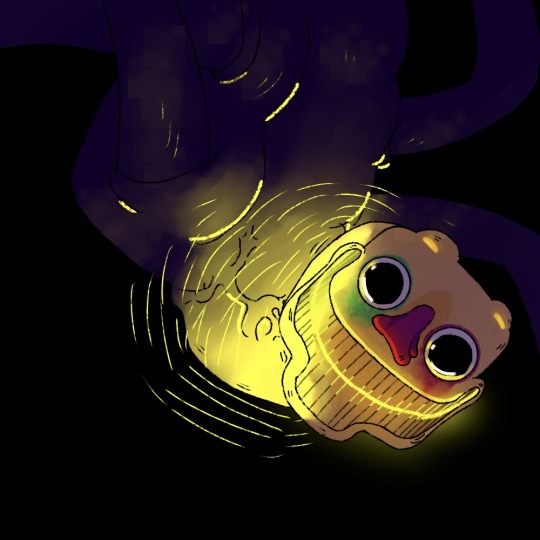
At day. At night (he choose to
To light up)
Yep this is BB’s boyfriend they met while he was disposing of bodies and they fall In love 💖✨💀

We all know gel just let him have it
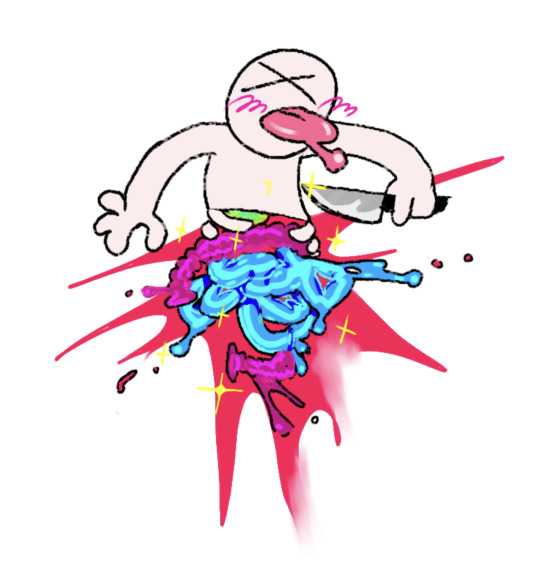
And here is some gore that I just drove pacifically for this post
#Gore#Soft gore#They were supposed to be blood on his mouth#but I didn’t put#on his mouth#but I didn’t put it because on the first try of making sison#At first I draw his head as a deer skull#But my brain refused to see him as such#And every time a picture of DJ just shows up#So I throw myself into work and we got the new and improved#🩸SISON🩸
9 notes
·
View notes
Text

"Revolutionaries never die, they continue to live through their revolutionary successors. Let us turn our grief to revolutionary courage."
—Jose Maria Sison, 1939-2022
#joma#joma sison#jose maria sison#CPP#quote#communism#maoism#revolution#revolutionary#marxism#communist#maoist#socialism#mlm#the philippines#filipino#NPA#marxism leninism maoism
36 notes
·
View notes
Text
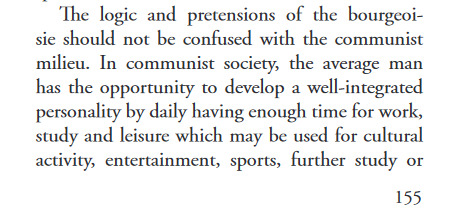

From Jose Maria Sison's Basic Principles of Marxism-Leninism: A Primer
103 notes
·
View notes
Link
The greatest Filipino of the past century bereaved us peacefully last night.
Prof. Jose Ma. Sison, founding chair of the Communist Party of the Philippines, passed away at around 8:40 p.m. (Philippine time) after two weeks confinement in a hospital in Utrech, The Netherlands. He was 83.
The Filipino proletariat and toiling people grieve the death of their teacher and guiding light.
The entire Communist Party of the Philippines gives the highest possible tribute to its founding chairman, great Marxist-Leninist-Maoist thinker, patriot, internationalist and revolutionary leader.
Even as we mourn, we vow continue to give all our strength and determination to carry the revolution forward guided by the memory and teachings of the people’s beloved Ka Joma.
Let the immortal revolutionary spirit of Ka Joma live on!
December 17, 2022
#KaJomaLives#Jose Maria Sison#Philippines#communist#revolutionary#Maoist#memorial#CPP#NPA#NDFP#Struggle La Lucha
49 notes
·
View notes
Photo
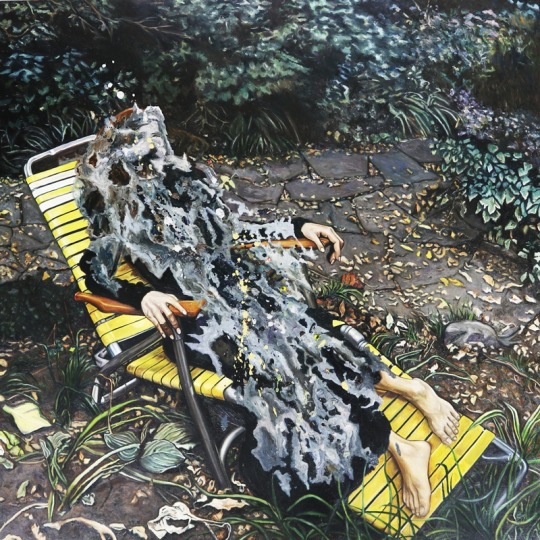
Yasmin Sison (Filipina,b.1972/3)
End of Summer, 2017
oil on canvas
528 notes
·
View notes